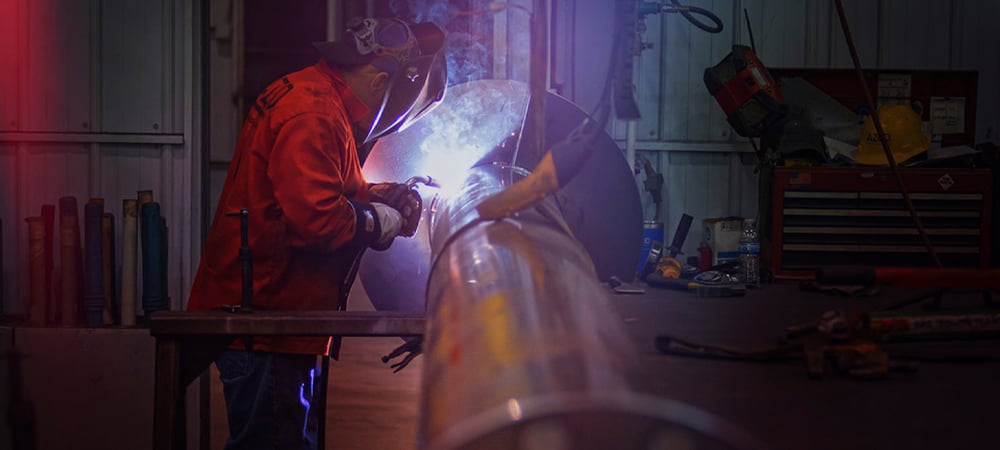Consider that each new solar or wind farm coming online requires the construction of two new substations — one to support the farm itself and the other to connect it to the power grid. The most time- and resource-intensive component of these projects is typically their foundations.
Utilities have historically favored cast-in-place concrete pier foundations to support their substations’ equipment. With this time-honored approach, soil is excavated and concrete is poured in the freshly drilled shafts at the site. Once it is set, construction can begin.
While proven and highly effective in many applications, concrete foundations can be challenging to work with. If soil is loose or located near the water table, shafts can be difficult to excavate and keep open until steel reinforcing and concrete is placed. If a substation site’s soil profiles or rock depths vary, it can also be difficult to adapt designs once construction starts. In addition, these projects require several components (e.g., drilling, steel rebar cages, concrete supply and labor) to be scheduled and installed at the same time, adding time, cost and labor to a project. Concrete foundations also can be vulnerable to flaws linked to concrete supply quality, field work quality during drilling and pouring, and environmental conditions, as concrete cure can be susceptible to moisture, freezing and hot temperatures.
There is an alternative that utilities have increasingly relied upon. On substation sites with high water tables, collapsing soils or other unfavorable conditions for cast-in-place concrete piles, more are opting for helical pile foundations instead.
Originally developed in the 1800s to stabilize lighthouses and other structures built on sand and mud where groundwater is present, these prefabricated deep foundations are composed of steel piles that have helical plates welded along their shafts. The piles are twisted into the soil, similarly to how a corkscrew is twisted into the cork sealing a bottle of wine. In the process, the load is transferred from the shaft to the soil through the helical plates and pile itself.
In the past, helical piles have not been used regularly in U.S. transmission and distribution projects. Given the many advantages they offer over concrete foundations, particularly in today’s market environment, that may be changing. Those advantages include:
Better quality control — Because helical piles are produced off-site in steel fabrication shops, quality and labor skill is easier to control, compared to that of concrete piles, which require all essential work to be conducted at an outdoor project site. For concrete piles, quality control hinges not only on the skill of the field labor but also the weather conditions. Precipitation and temperatures can impact concrete quality and impede construction schedules. Helical piles, on the other hand, are more weather averse. They can be installed year-round in all kinds of conditions. Helical piles are also designed to a minimum depth and torque that is measured during installation to confirm that the pile will be sufficient for the structure.



